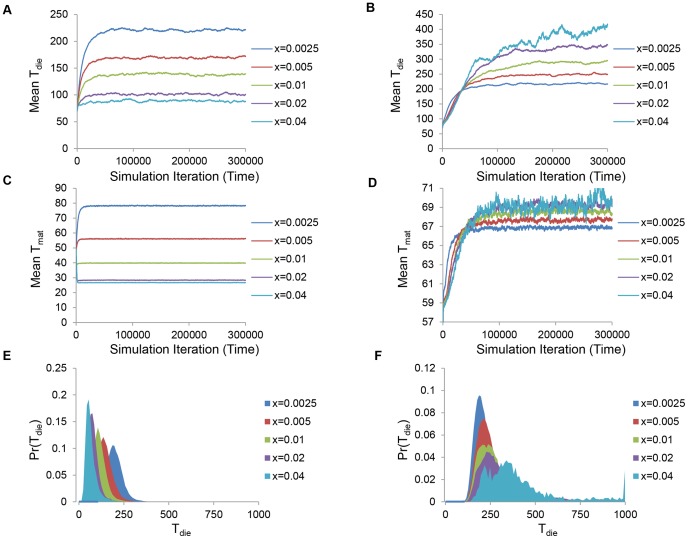Figure 3. Disparate effects of high predation on the evolution of lifespan and maturation age.
Under classical conditions of relatively low food availability and relatively inexpensive mating costs, increased values of predation modifier, x, caused mean Tdie to decrease (A) and mean Tmat to decrease (C) over time. Conversely, under the non-classical conditions of relatively abundant food but relatively expensive mating costs, higher values of predation modifier,  , caused the mean Tdie to increase (B) and the mean Tmat to increase (D). In (E) and (F), the population distribution of Tdie is shown under classical (E) and non-classical (F) conditions at the end of 300,000 model iterations.
, caused the mean Tdie to increase (B) and the mean Tmat to increase (D). In (E) and (F), the population distribution of Tdie is shown under classical (E) and non-classical (F) conditions at the end of 300,000 model iterations.

